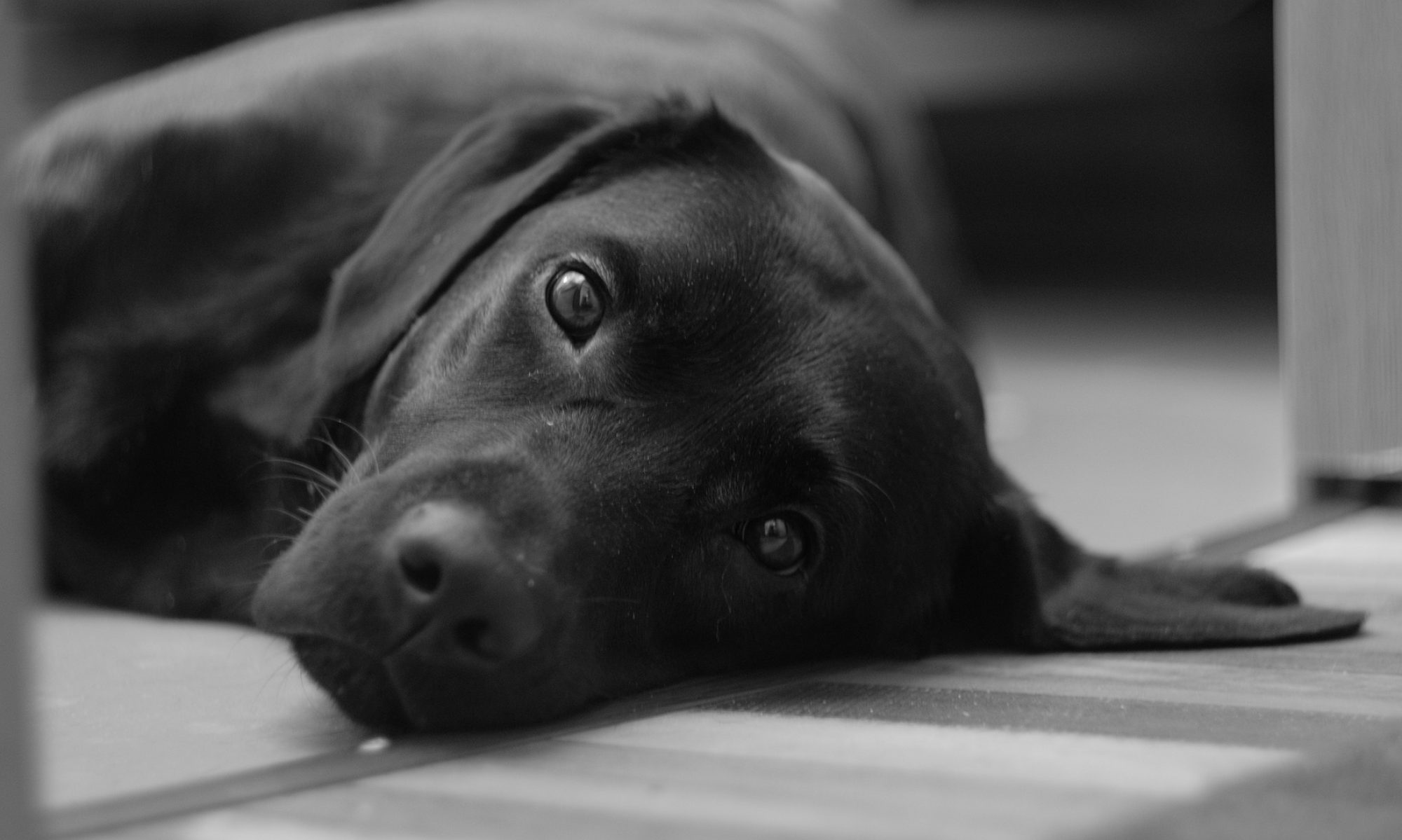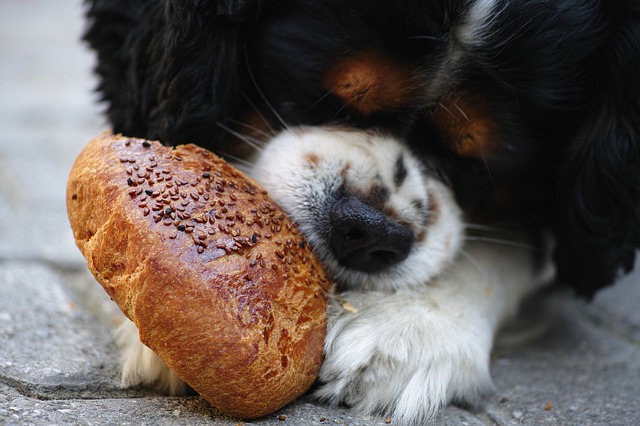Does your puppy or dog Beg, Borrow or Steal from your dinner table? Turn the tables on him! You can turn begging, “borrowing” or stealing from the dinner table into an asset by following this simple plan.
So many times we see behavior we don’t like and think “how can I stop that?” We do ourselves a great disservice because then our focus is on ‘stopping’ the behavior we don’t want rather than training the behavior we DO want.
Why do dogs beg or steal from the dinner table? Quite simply, they want food.
Some dogs are particularly brazen (and agile) and will attempt to steal food directly from the table. This is usually met with some sort of reprimand, but if your dog has ever been successful in his raid then the pattern is set. If you leave your plate unattended (except by your vigilant dog), then don’t be too surprised to find half your dinner missing when you return.
It has nothing to do with dominance. It has just become reinforced behavior.


